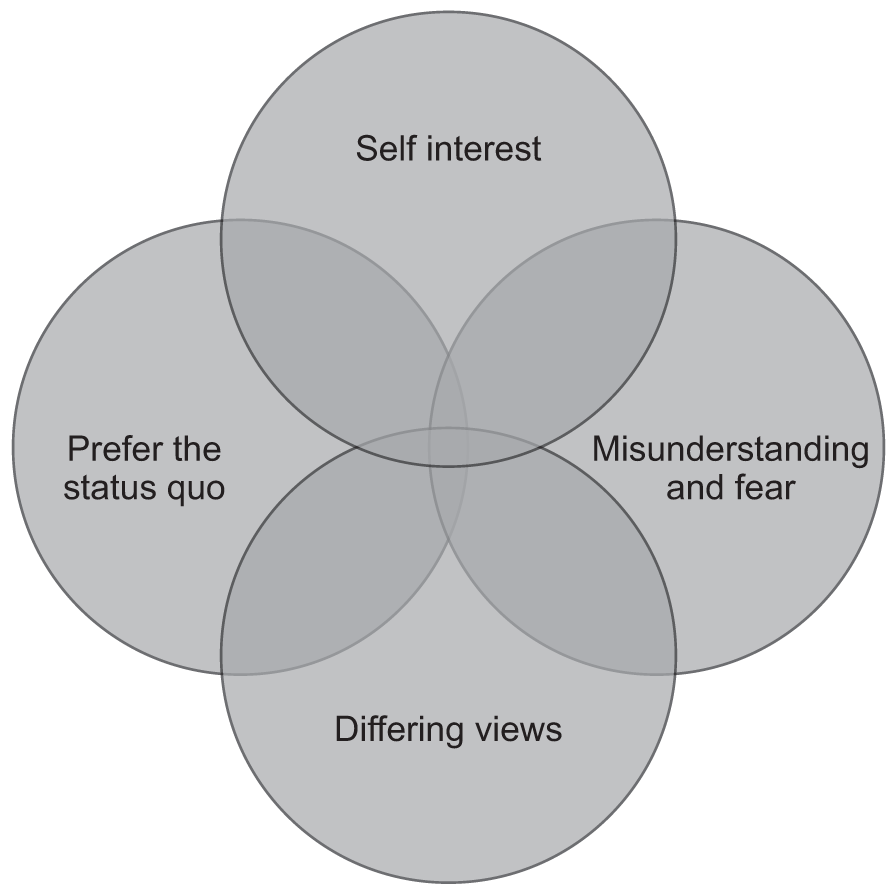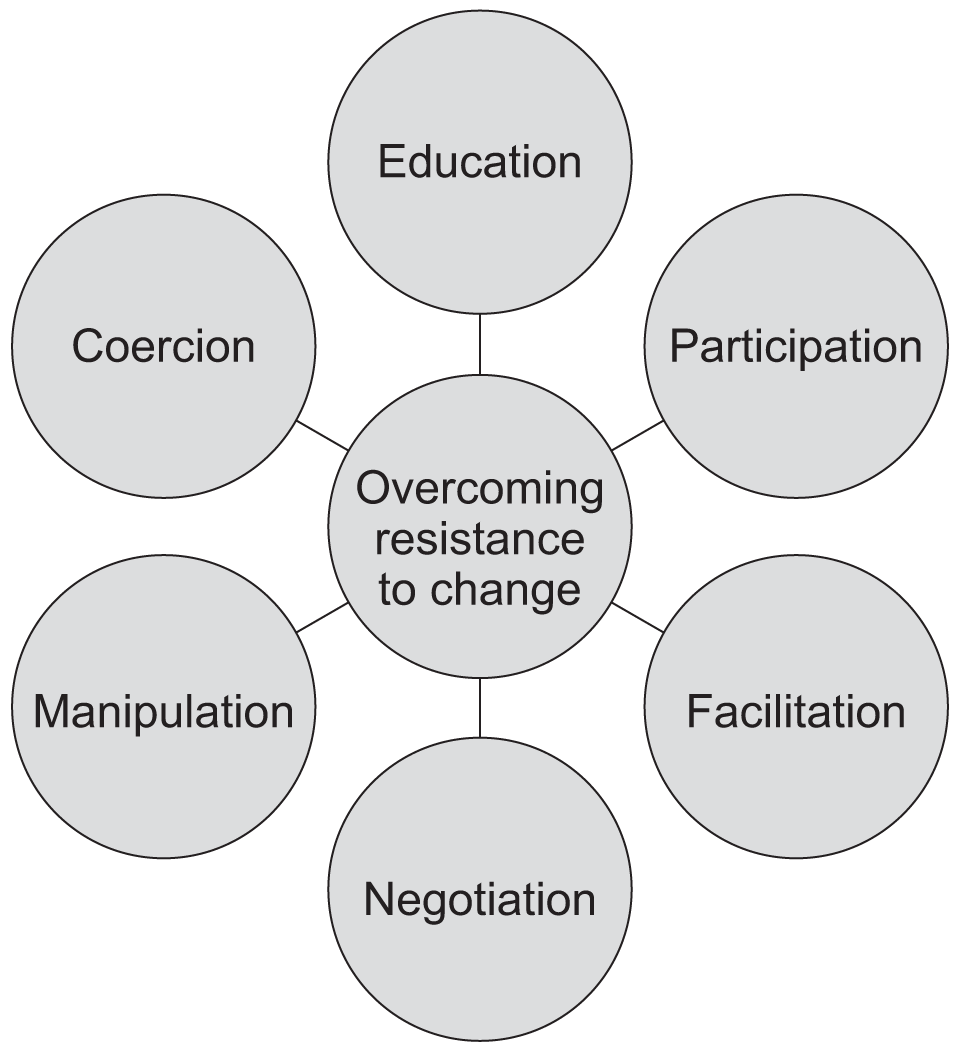A Level Business Studies: Managing Change Revision Questions
Unit 10 Managing Change – Revision Questions
1. Give 4 reasons why change is important to business.
Change is important because if a business does not change they are likely to lose their competitive edge and not meet the needs and wants of the customer.
They would not have taken advantage of developing technologies – either administrative processes or manufacturing tasks.
Customers’ needs change and this creates demand for new types of goods and services which opens new areas of opportunity for businesses that are prepared to change to meet these needs.
Change has improved working conditions and job satisfaction for employees – this increases productivity. Employees can learn new skills and explore new opportunities. They can be more creative in ways that benefit the company.
2. Give an example of internal & external change
Internal change could be the introduction of new technology.
External change could be a change in legislation.
3. What is disruptive change? Give 3 examples
Disruptive change is an irreversible change to products, processes and markets; a change that alters the future completely from what was expected prior. Examples of disruptive change include: the internet for accessing information e.g. Wikipedia as a replacement, telephone replacing the telegraph, data storage going from filing cabinets to hard disc drives to floppy discs to CDs to USBs.
4. What is incremental change? Give 2 examples
Incremental change is small adjustments made over a long period of time. It usually does not alter current working practises in any significant way. Incremental changes are usually made to reach a goal. For example, gradually improving the quality and efficiency of each component of a car so that the quality of the product improves and costs fall. Another example could be Wikipedia building up their encyclopaedia page by page.
5. What is Force Field Analysis? Draw model. Who wrote the model?
In this, an issue is held in balance by the interaction of two opposing sets of forces – those seeking to promote change (Driving forces) and those attempting to maintain the status quo (restraining forces)
6. Give 2 advantages & disadvantages of this model.
+ The force field analysis makes managers think about the obstacles that lie ahead which means that they can propose a plan to strengthen the forces for change.
+ The force field analysis is a visual aid so it can simplify communication between staff and potentially break down communication barriers.
- The managers are the people who decide the importance of the forces which means that it could be manipulation in order to be in favour or against a plan.
- A force field analysis could divide a group into those who are for the change and those who are against it. There may not be consensus in the group after the model has been applied to the context.
7. What is Kotter & Schlesinger’s model on reasons for resistance to change?
8. What should the manager do to prepare for the change?
The manager should reassure any employees who are fearful that their job could be lost, for example in the case of the introduction of new technology or machinery. They should also communicate with employees to make sure that they are aware of the new changes so they can be prepared for when they are introduced. They can also involve employees in the decision making process so they are motivated by the change as they have influenced it.
Environmental analysis, SWOT analysis, identify the changes required, determine the major issues, identify and assess the key stakeholders, win the support of key individuals, identify the obstacles, determine the degree of risk and the cost of change, understand why change is resisted.
9. What should they do whilst implementing the change?
Check on and record progress, make sure that change is permanent, evaluate the change, improve on any weak areas, overcome resistance, involve all personnel affected, keep all employees informed, devise a reward system, be willing to compromise on detail, ensure that strategies are adaptable, select people to champion change, provide support and training, monitor and review, negotiation, action planning, strong internal communication, change agents or champions of change, a certain amount of manipulation and coercion.
10. What should they do once a change has been implemented?
Those in charge should act decisively to demonstrate momentum following the implementation. They should consider how employees will be affected, and involve them in the change so they can be motivated. They should also consult and inform frequently, be firm but flexible and oversee the change, monitoring it so that it can go according to plan. They should look at targets and whether they are met and learn from any mistakes that happen during this process so that they are not made again when implementing change in the future.
11. What is the Kotter & Schlesinger Model Of Overcoming Resistance To Change?




nice post . A business objective is a quantifiable outcome that an organization wants to achieve.
ReplyDelete